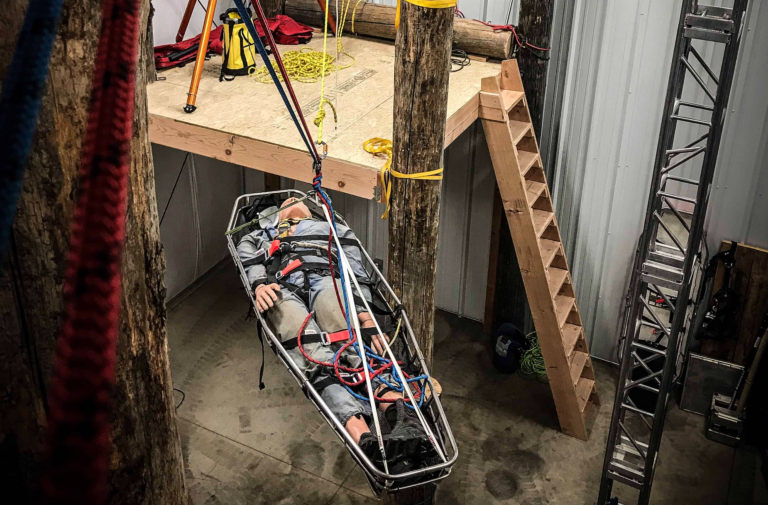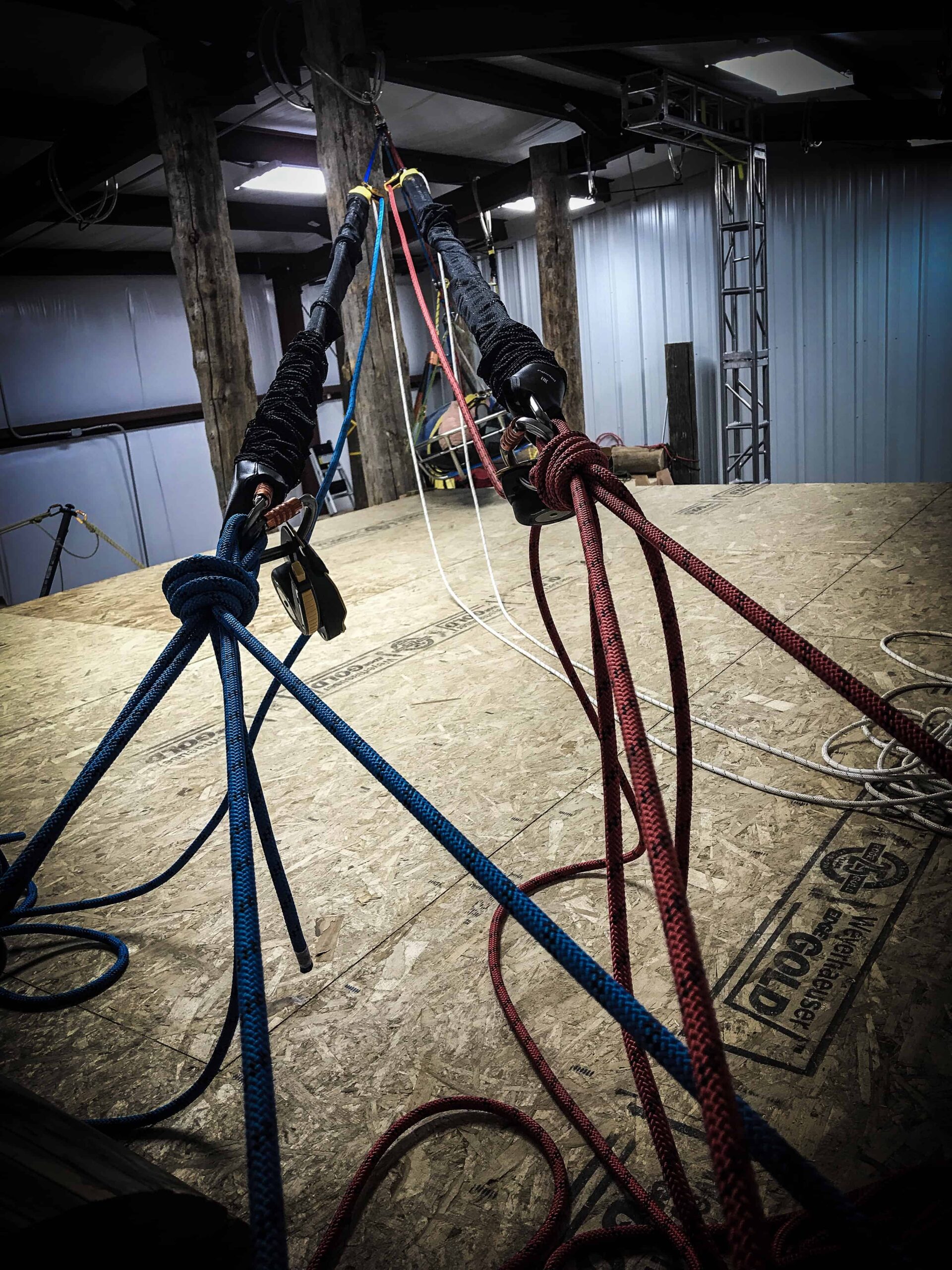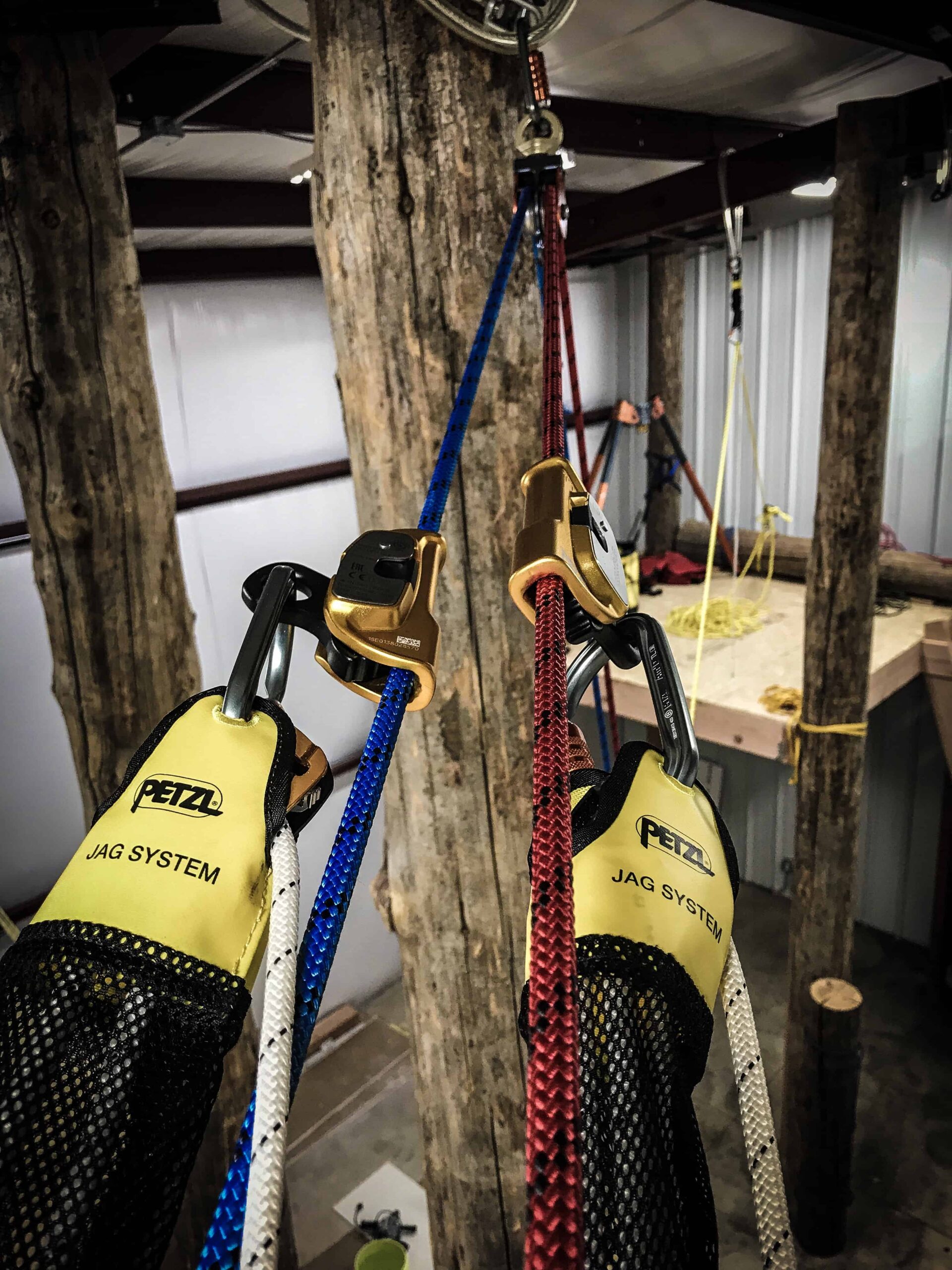Litter Hauling Techniques Using Twin Tension Rope Systems: A Practical Journey
In technical rope rescue, Twin Tension Rope Systems (TTRS) offer unparalleled safety, efficiency, and redundancy, making them a cornerstone of modern rescue operations. This article explores the hands-on application of TTRS, emphasizing practical insights gained through experiential learning to enhance operational effectiveness.
The Kinesthetic Learning Approach to TTRS
Understanding and mastering TTRS extends beyond theoretical knowledge. A hands-on approach is vital to internalize the dynamics of these systems. By actively engaging with TTRS, rescuers can develop a deeper understanding of their capabilities and limitations.
Benefits of Kinesthetic Learning:
- System Familiarity: Direct engagement fosters a better understanding of how TTRS behaves under load.
- Problem-Solving Skills: Experiential learning reveals potential challenges and practical solutions in real-time.
- Enhanced Safety Awareness: Regular practice enhances a team’s ability to recognize and mitigate risks during operations.
For a broader exploration of TTRS principles, see Mastering Twin Tension Rope Systems for Effective Rescue Operations.
Advantages of Twin Tension Rope Systems
Twin Tension Rope Systems provide numerous advantages over traditional rope rescue setups:
- Redundancy: Both ropes are actively tensioned, creating a backup in case of failure.
- Load Sharing: Even load distribution reduces the strain on individual components, enhancing the system’s longevity and safety.
- Operational Flexibility: TTRS can be adapted to various scenarios, including high-angle rescues and confined spaces.
For additional insights into load-sharing dynamics, explore Load Management in Twin Tension Rope Systems.
Implementing TTRS in Litter Hauling
Anchor Selection
Anchors must be robust and appropriately positioned to handle the forces generated by a twin-tension system. Use natural anchors like trees or artificial anchors such as rigging plates.
Mechanical Advantage Integration
Incorporating devices like the CMC MPD or Petzl I’D simplifies raising and lowering operations while maintaining precise control.
Effective Communication
Team coordination is crucial. Clear signals between the ground crew and rescuers at the edge ensure seamless operation and safety.
For practical anchor-building techniques, visit Anchor Systems in Technical Rope Rescue.
Case Study: Practical Applications
At Rigging Lab Academy’s training grounds, teams have demonstrated the versatility of TTRS in complex scenarios:
- Two-Rope Offset Applications: Used for hauling and lowering in urban and wilderness environments.
- Skate Block Configurations: Effective for minimizing friction during edge transitions.
- Dynamic Load Management: Showcased the ability of TTRS to adapt to changing load conditions.
These hands-on applications highlight the critical role of training and practice in mastering TTRS techniques.
Conclusion
Twin Tension Rope Systems are more than just a technical solution; they are an approach to safety, efficiency, and adaptability in rope rescue. By committing to a kinesthetic learning approach and exploring practical applications, rescue teams can elevate their operational readiness and effectiveness.
For further reading and training materials, explore the following resources:
- Litter Hauling Techniques Using Dual Capacity or Twin Tension Rope Systems Part 2
- Understanding the Two-Rope Offset System
Peace on your Days
Lance














3 thoughts on “Litter Hauling Techniques Using Twin Tension Rope Systems”
845191 626630Hi, you used to write outstanding articles, but the last several posts have been kinda lackluster I miss your super writing. Past couple of posts are just slightly out of track! 36166
985799 160843Hey There. I discovered your weblog utilizing msn. That is actually a extremely smartly written write-up. I will make positive to bookmark it and come back to read much more of your helpful information. Thanks for the post. I will definitely return. 846225
696153 371134really nice publish, i surely adore this internet site, maintain on it 566328
Comments are closed.